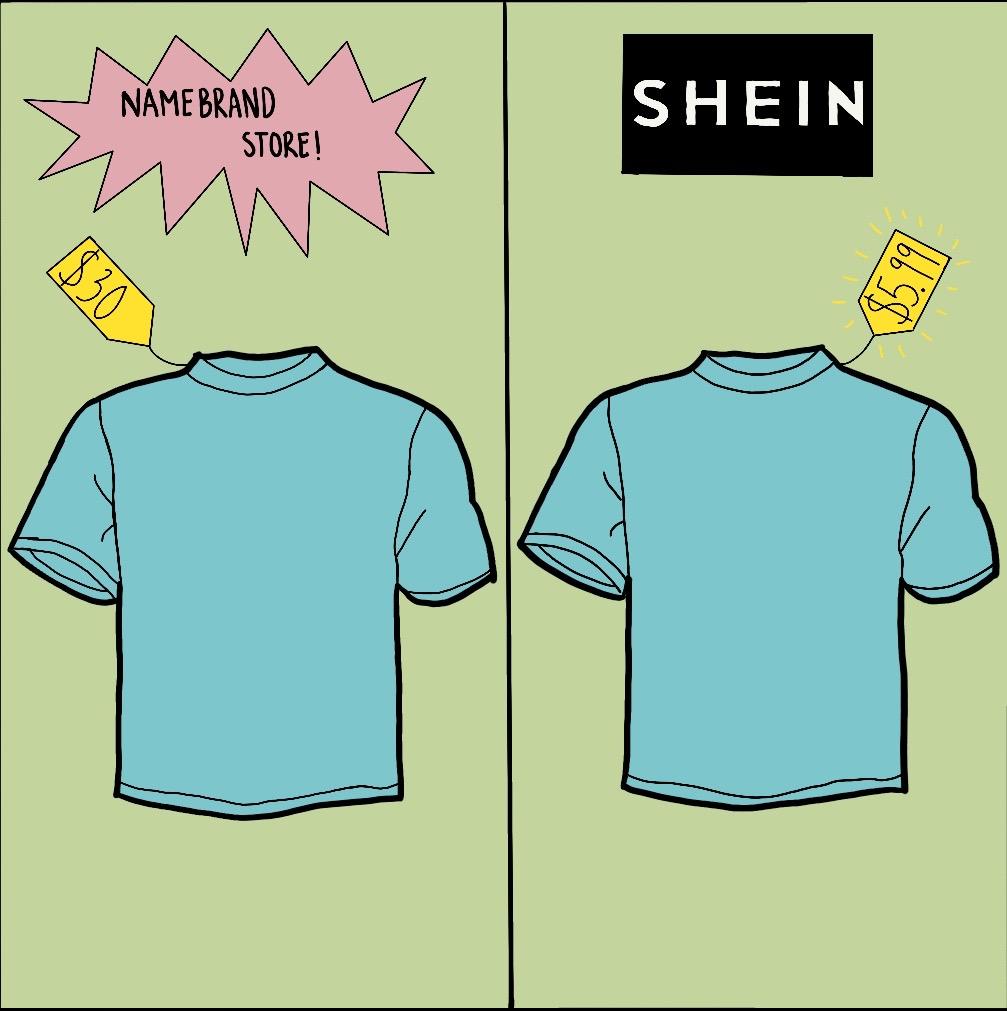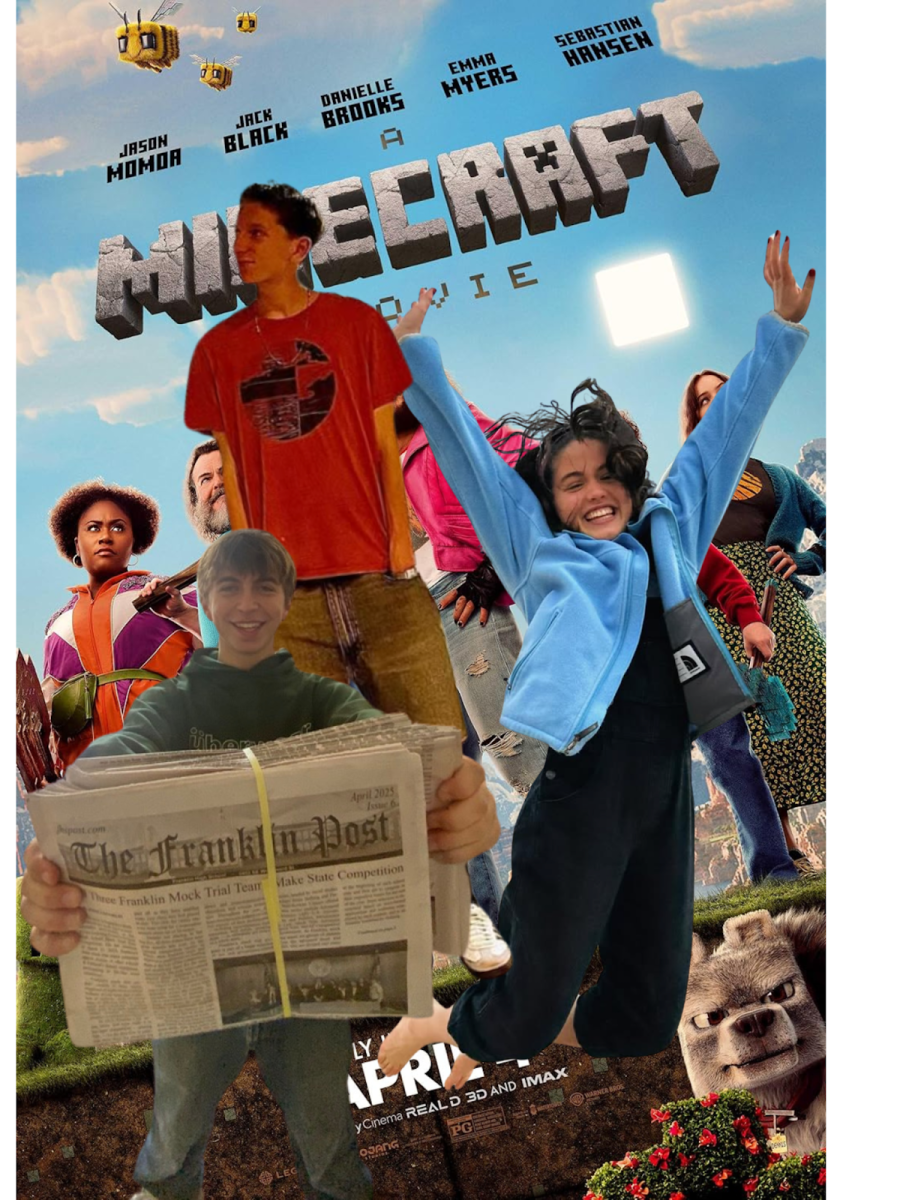For a long time now, people of all ages have looked to fast fashion retailers for more affordable prices on their favorite styles. Fast fashion is a manufacturing method focused on rapidly producing high quantities of clothing. While I too have contributed to the growth of fast fashion, it’s important to recognize the ways it impacts the world we live in. Stores like Forever 21, H&M, Zara, American Eagle, and most popular, Shein, are all giants in the fast fashion industry.
Shein is a Chinese-owned company that is a massive contributor to the fast fashion industry, and is very popular amongst many teens. However, the company is extremely unethical. The brand exploded over the COVID-19 pandemic due to the fact that it’s an e-commerce store and is very cheap. Because of the rapid rise in demand from consumers, according to an article by BBC, some Shein workers were found to be working 75 hours a week. On top of that they get paid per item of clothing, which encourages them to work even longer hours. Alongside poor treatment of their workers, Shein also contributes greatly to the global climate crisis by producing hazardous chemicals, microplastics, and releasing carbon emissions.
One of the biggest ways these fast fashion giants grow so quickly is through social media. Oftentimes, they pick a specific target (most commonly teenagers) and reach them through TikTok, Instagram, Snapchat, and other social media platforms. Whether it’s through ads, collaborations with influencers, or even their own platforms, the end goal is all the same: to get as many people on their site as possible. And it works.
Fast fashion has single handedly changed the way we think about fashion and consume it. Many people now would prefer a ten dollar poor quality shirt from an unethical brand to a thirty dollar good quality shirt from an ethical brand. Fast fashion has made it very easy to get last minute items and basics that you don’t want to break the bank over.
Another way these consumer and production rates grow are through microtrends. Microtrends are fashion trends that blow up over a short period of time, and in turn, last for just as long. When a trend explodes, these fast fashion giants compete to make the most money and sell the most of whatever product is trending. According to an article from The Atlantic, in 2018 H&M was sitting on $4.3 billion worth of unsold items. This demonstrates how microtrends can impact production; H&M decided to produce a bunch of different products that were only trending for a couple of weeks and therefore were left with a bunch of unsold items.
Fast fashion also hurts small businesses. One of the ways brands like Shein get attention is through the amount of stolen designs. There are many videos online of people showing dupes found on Shein or Amazon compared to more expensive handmade items made by a small business. By selling them for a dramatically lower price, they often outsell the original designer.
Fast fashion doesn’t always mean cheap though. Zara, a company that started in Spain, is considered the original fast fashion company. In the 1990s The New York Times came up with the term fast fashion to describe how Zara could take a piece of clothing from design to store in less than 15 days. However, Zara prices are considered to be quite high, even though it isn’t the best quality. Due to their higher prices, not many know that Zara is considered to be fast fashion when it is in fact the start of it.
Microtrends and fast fashion will always be present in some shape or form. It’s important to acknowledge that, for some, fast fashion is the only option financially. However, even if you can’t afford buying from ethical brands, there is still a way to avoid brands that are bad, and that’s through buying second hand. Thrift stores are not only affordable but often have one-of-a-kind pieces that are special to your closet. Next time you’re thinking of buying from a brand like Shein, H&M, Forever 21, etc, remember there is always a more ethical way to shop for your favorite styles.

































